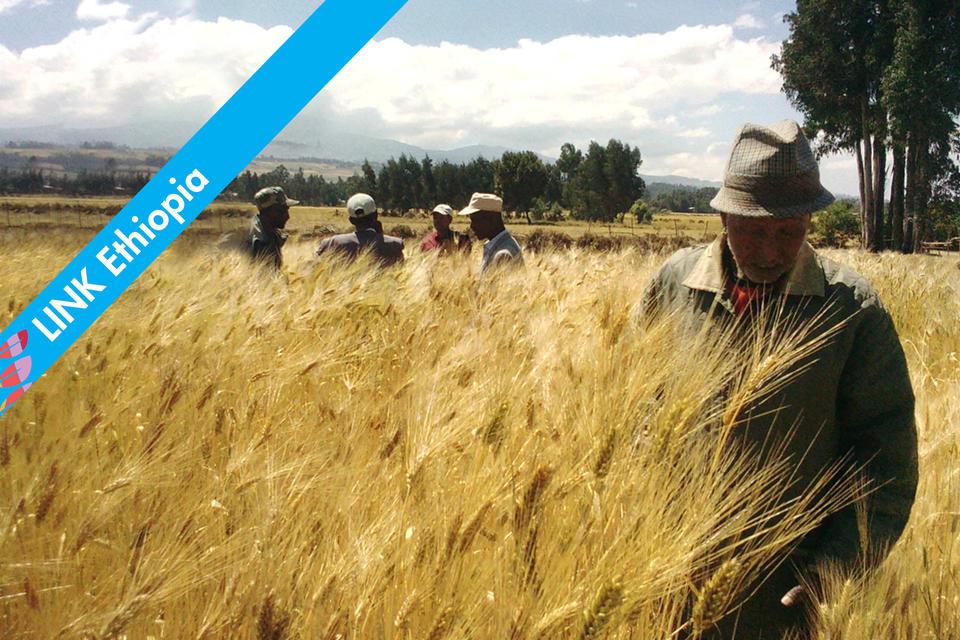Linking farmers and markets in Ethiopia: inclusive business models
- From
-
Published on
29.03.23
- Impact Area

Following the success story on one of the most important crops in Ethiopia, let’s take a look at the second phase of the study on the durum wheat value chain conducted by our team and funded by the German Agency for International Cooperation (GIZ), in search of inclusion and productivity improvement.
During the second phase, the project sought to take necessary steps to build a sustainable and inclusive business model for durum wheat value chain in the study area that can be scaled in other parts of Ethiopia. To achieve this objective, the second tool of the LINK Methodology was applied, since the Business model canvas and its linkages with Tool 1. Value chain mapping helps to understand where to focus intervention efforts in terms of choosing a business model in which to intervene.
Related news
-

Reinventing Kenya’s Snack Future with Dryland Grains
International Crops Research Institute for the Semi-Arid Tropics (ICRISAT)21.11.25-
Nutrition
-
Poverty reduction, livelihoods & jobs
Faces of Impact - Video Feature Story On a quiet backstreet in Mihango, Kenya, the…
Read more -
-

Cultivating climate-smart rice: How specific cultivars and smarter fertilizing can cut emissions and maintain yield
International Rice Research Institute (IRRI)19.11.25-
Climate adaptation & mitigation
-
Food security
By Bushra Humaira Sadaf A team of researchers from the Bangladesh Rice Research Institute (BRRI), I…
Read more -
-

COP30 can enable Greening Plant Nutrition in East and Southern Africa
International Rice Research Institute (IRRI)17.11.25-
Nutrition
Image creditAfrica rice farming by majimazuri21, Pixabay Licence By Jamie Males (republished from …
Read more -
